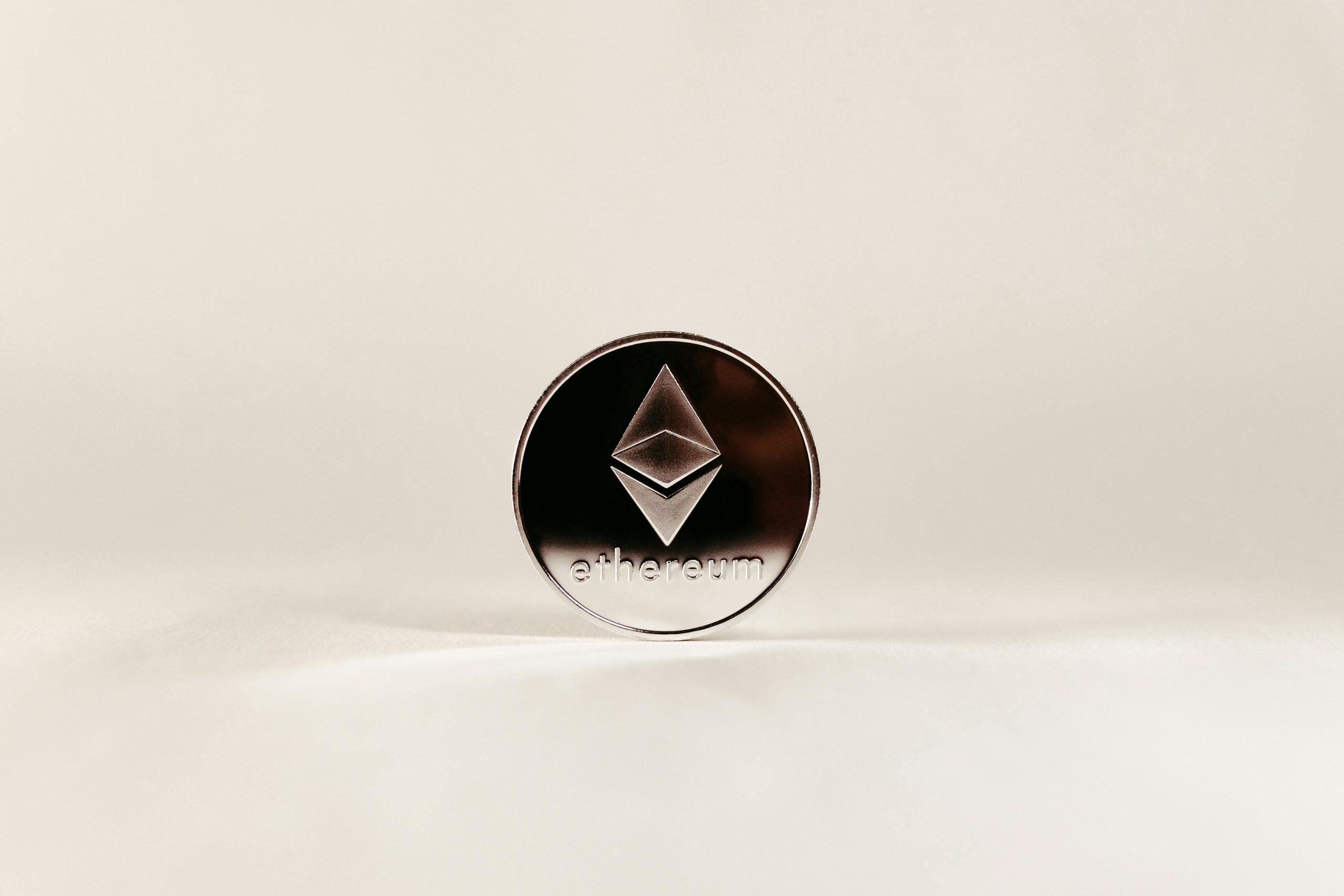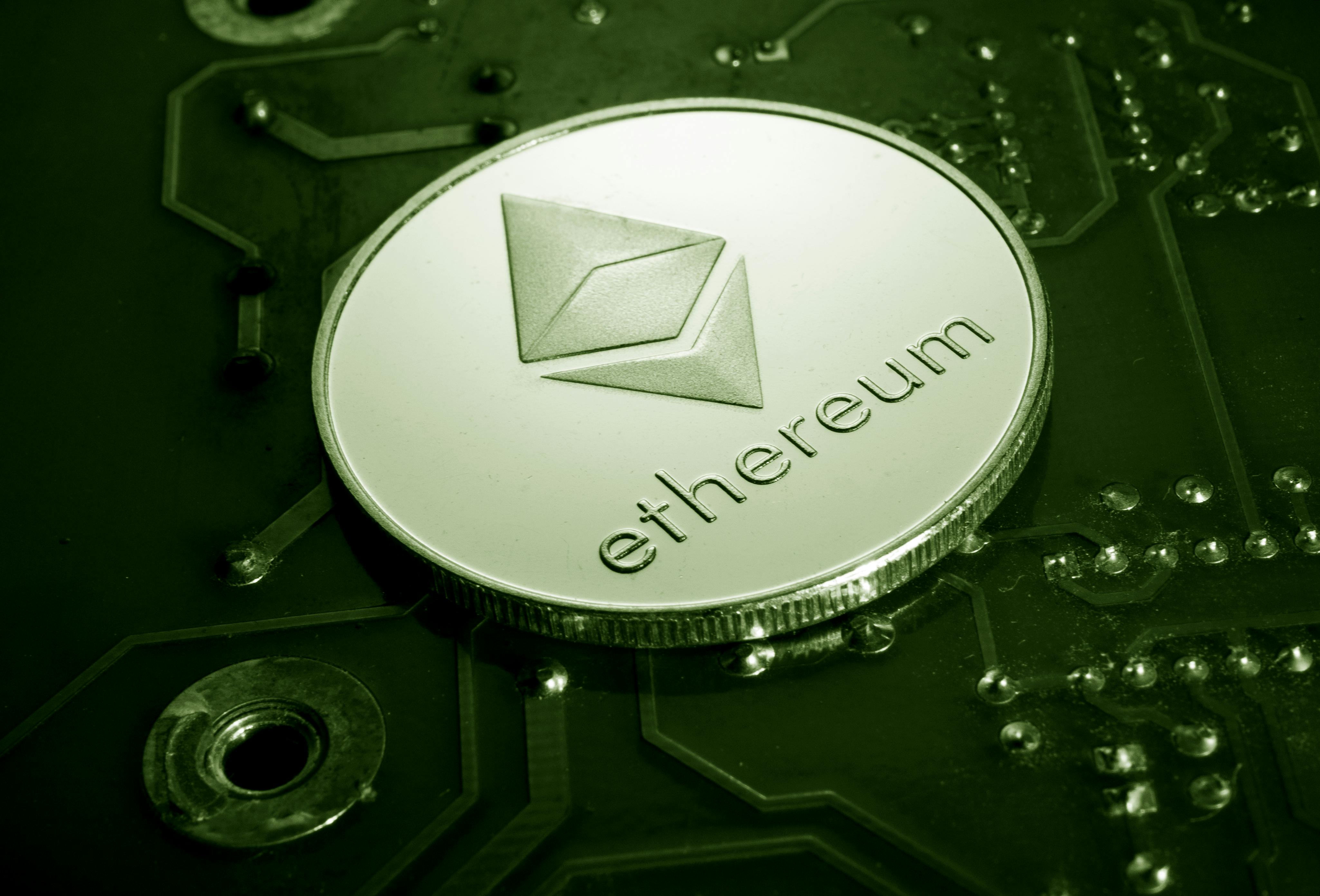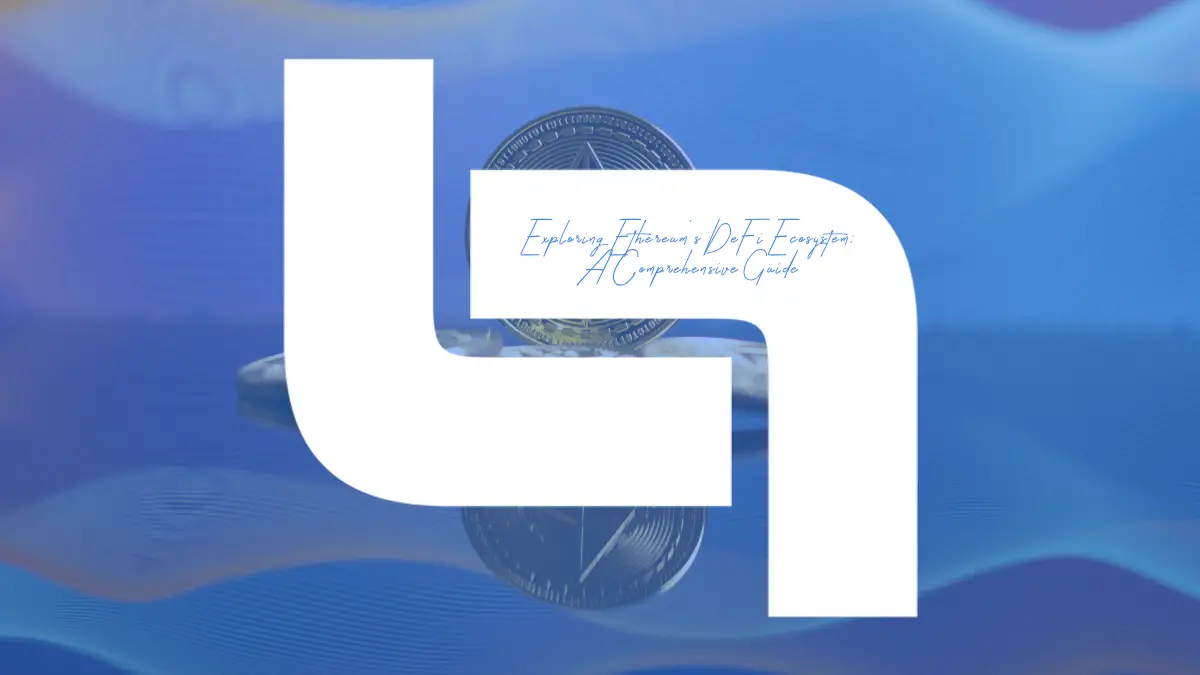Introduction to Ethereum’s DeFi Ecosystem
Decentralized Finance (DeFi) refers to a set of financial services and applications built on blockchain technology, with Ethereum being the primary platform for DeFi development. Unlike traditional finance, DeFi aims to provide open, permissionless, and censorship-resistant financial services to anyone with an internet connection. Ethereum’s programmable blockchain allows developers to create smart contracts, which are self-executing contracts with the terms directly written into code. Additionally, if you want to know more about investments and firms, you may visit this link.

Key Components of Ethereum’s DeFi Ecosystem
Decentralized Exchanges (DEXs): DEXs like Uniswap and SushiSwap allow users to trade cryptocurrencies without the need for a centralized intermediary. These platforms use automated market makers (AMMs) to facilitate trading, with liquidity provided by users who earn fees for their participation.
Decentralized Lending and Borrowing: Platforms such as Aave and Compound enable users to lend their cryptocurrency assets to earn interest or borrow assets by providing collateral. These protocols use smart contracts to automate the lending and borrowing process, eliminating the need for traditional intermediaries like banks.
Yield Farming and Liquidity Mining: Yield farming involves providing liquidity to DeFi protocols in exchange for rewards, usually in the form of additional tokens. Liquidity mining incentivizes users to contribute to the liquidity of a platform, thereby improving its efficiency and usability.
The Role of Smart Contracts in DeFi
Smart contracts play a crucial role in Ethereum’s DeFi ecosystem by enabling automated financial transactions. These contracts are self-executing and enforceable agreements with the terms directly written into code. Smart contracts eliminate the need for intermediaries, reduce the risk of fraud, and increase the efficiency of transactions.
Advantages of Smart Contracts: Smart contracts allow for transparent and trustless transactions, meaning that parties can transact directly without the need for a trusted third party. Additionally, smart contracts are immutable, meaning that once deployed, the code cannot be altered, providing security and certainty to users.
Challenges of Smart Contracts: One of the main challenges of smart contracts is their reliance on the underlying blockchain infrastructure. Ethereum, for example, has faced scalability issues and high gas fees, which can make transactions costly and slow during periods of high network activity.
Challenges and Opportunities in Ethereum’s DeFi Ecosystem
Scalability Issues: Ethereum’s scalability has been a major challenge for its DeFi ecosystem, with high gas fees and network congestion affecting the user experience. Ethereum 2.0, an upgrade to the Ethereum network, aims to address these scalability issues through the implementation of proof-of-stake (PoS) consensus mechanism and sharding.
Interoperability: Interoperability with other blockchains is another challenge facing Ethereum’s DeFi ecosystem. As the DeFi space continues to grow, there is a need for seamless interoperability between different blockchain networks to enable cross-chain transactions and asset transfers.
Regulatory Challenges: The regulatory environment for DeFi is still evolving, with regulators around the world grappling with how to classify and regulate these new financial instruments. Compliance with anti-money laundering (AML) and knowing your customer (KYC) regulations is a key challenge for DeFi projects.
Security Concerns: Security is a major concern in the DeFi space, with several high-profile hacks and exploits highlighting the vulnerabilities of decentralized applications (dApps) and smart contracts. Auditing smart contracts and implementing robust security measures are essential to mitigate these risks.
Regulatory and Security Considerations
Regulatory Challenges: DeFi projects operate in a regulatory grey area, as they often bypass traditional financial intermediaries and operate across borders. Regulators are still grappling with how to classify and regulate DeFi projects, which could impact their future growth and adoption.
Security Best Practices: Auditing smart contracts and following best practices in security is essential for DeFi projects to protect user funds and maintain trust in the ecosystem. DeFi projects should also consider implementing insurance or other risk mitigation strategies to protect against hacks and exploits.
Recent Hacks: Several high-profile hacks and exploits have occurred in the DeFi space, highlighting the importance of security in decentralized applications. Projects should learn from these incidents and implement robust security measures to protect user funds.
Future Trends and Developments
Scalability Solutions: Ethereum 2.0 is expected to address the scalability issues of the current Ethereum network, with the implementation of PoS consensus mechanism and sharding. These upgrades could significantly improve the scalability and efficiency of the Ethereum network, making it more suitable for DeFi applications.
Interoperability: Cross-chain interoperability is expected to become a key focus in the DeFi space, as projects look to leverage the strengths of different blockchain networks. Projects like Polkadot and Cosmos are working on interoperability solutions that could enable seamless asset transfers between different blockchains.
Regulatory Developments: Regulatory clarity is essential for the long-term growth and adoption of DeFi. Regulators are expected to provide more guidance on how DeFi projects should comply with existing regulations, which could impact the future of the DeFi ecosystem.

Conclusion
Ethereum’s DeFi ecosystem has grown rapidly in recent years, offering a wide range of financial services and applications that are accessible to anyone with an internet connection. Despite facing challenges such as scalability issues, regulatory uncertainty, and security risks, the DeFi ecosystem continues to innovate and expand, offering new opportunities for financial inclusion and innovation. As the DeFi space continues to evolve, it will be essential for projects to address these challenges and seize the opportunities presented by this rapidly growing sector.

